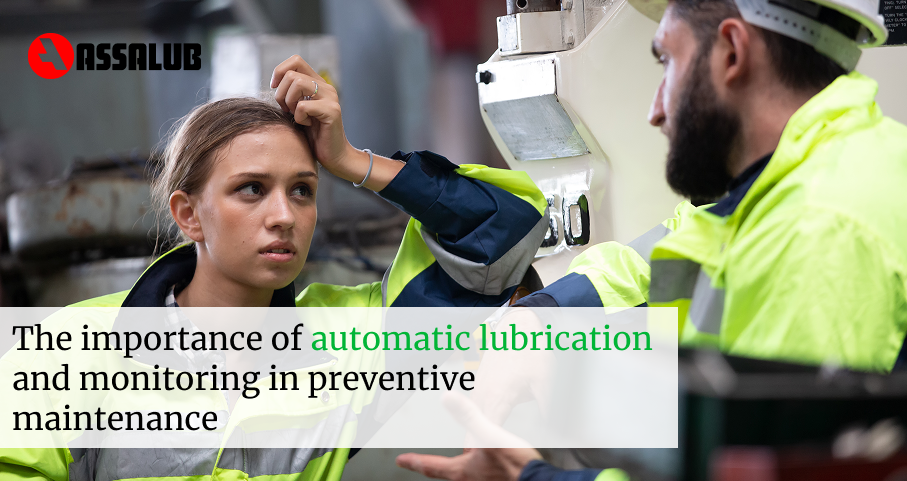
Making the Case for Harmonics, Part 2
The question I posed is: Are the harmonics real? In other words, although the mass is still only bouncing up and down 30 times per second, is there actually real vibration occurring at 60, 90 and 120 Hz, etc.? OR are these just artifacts of the FFT?










